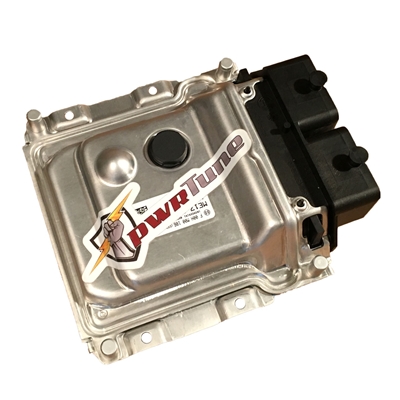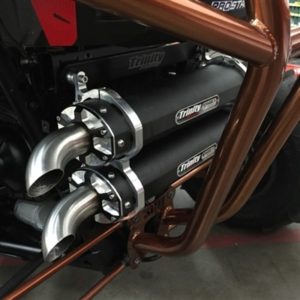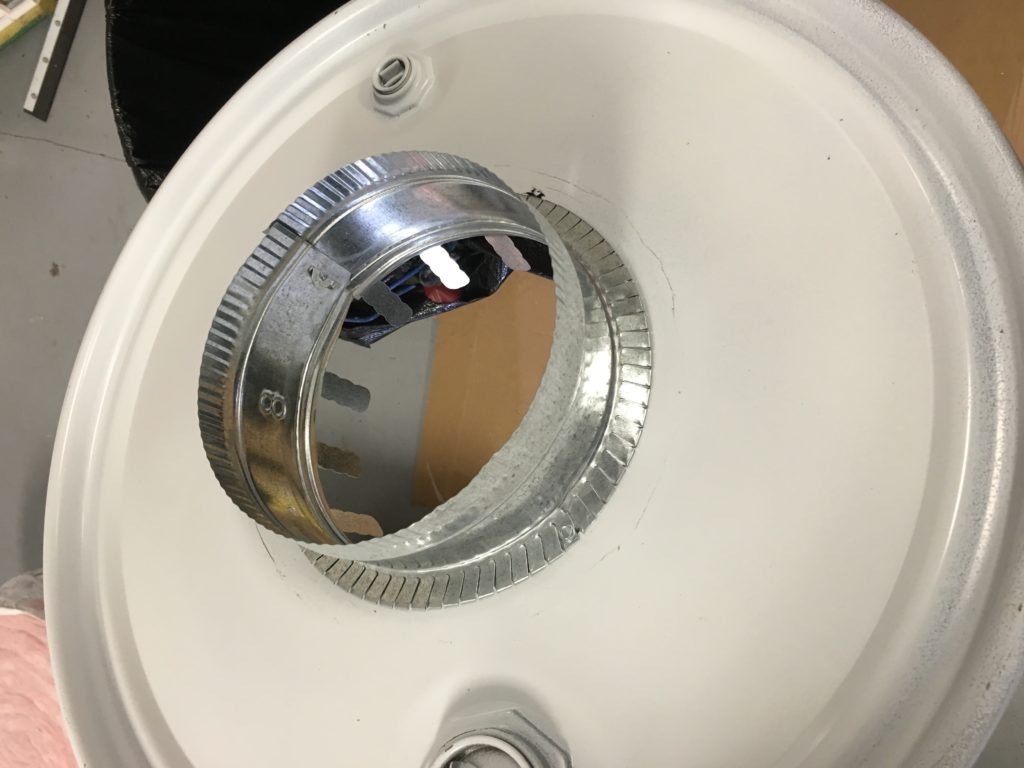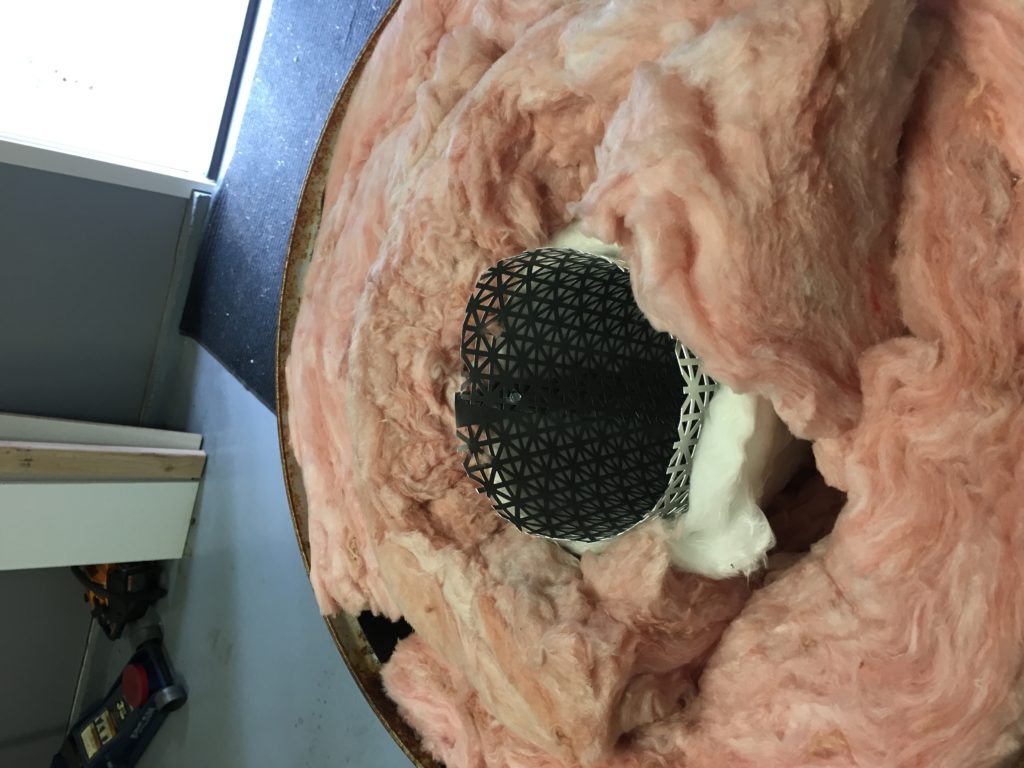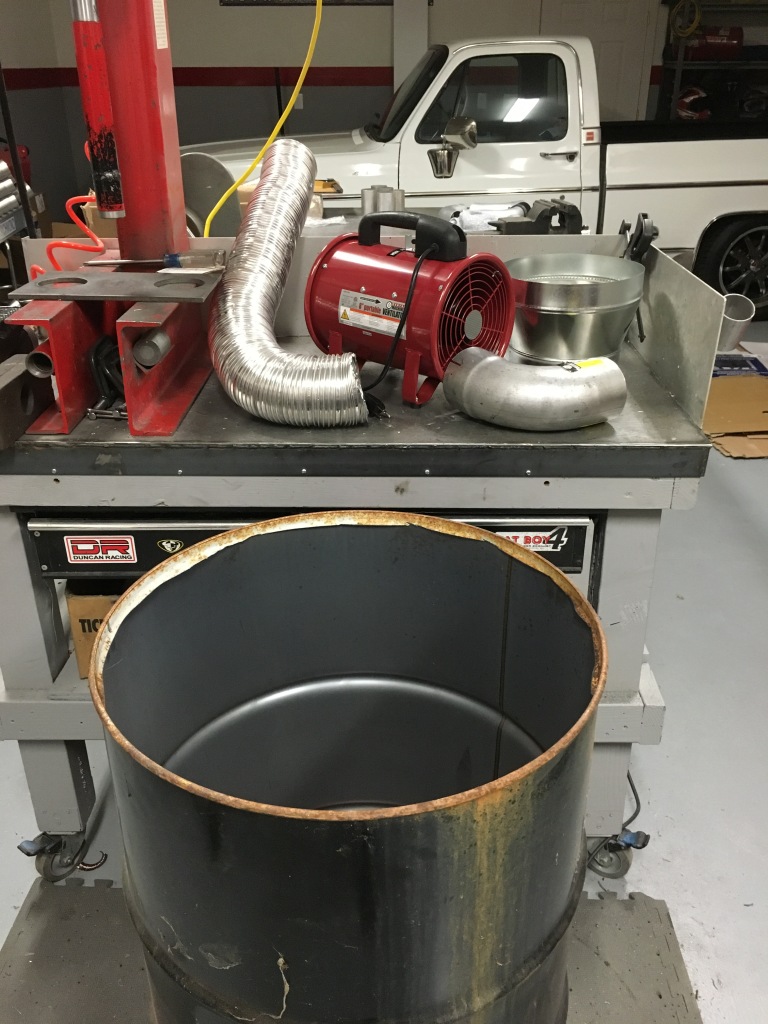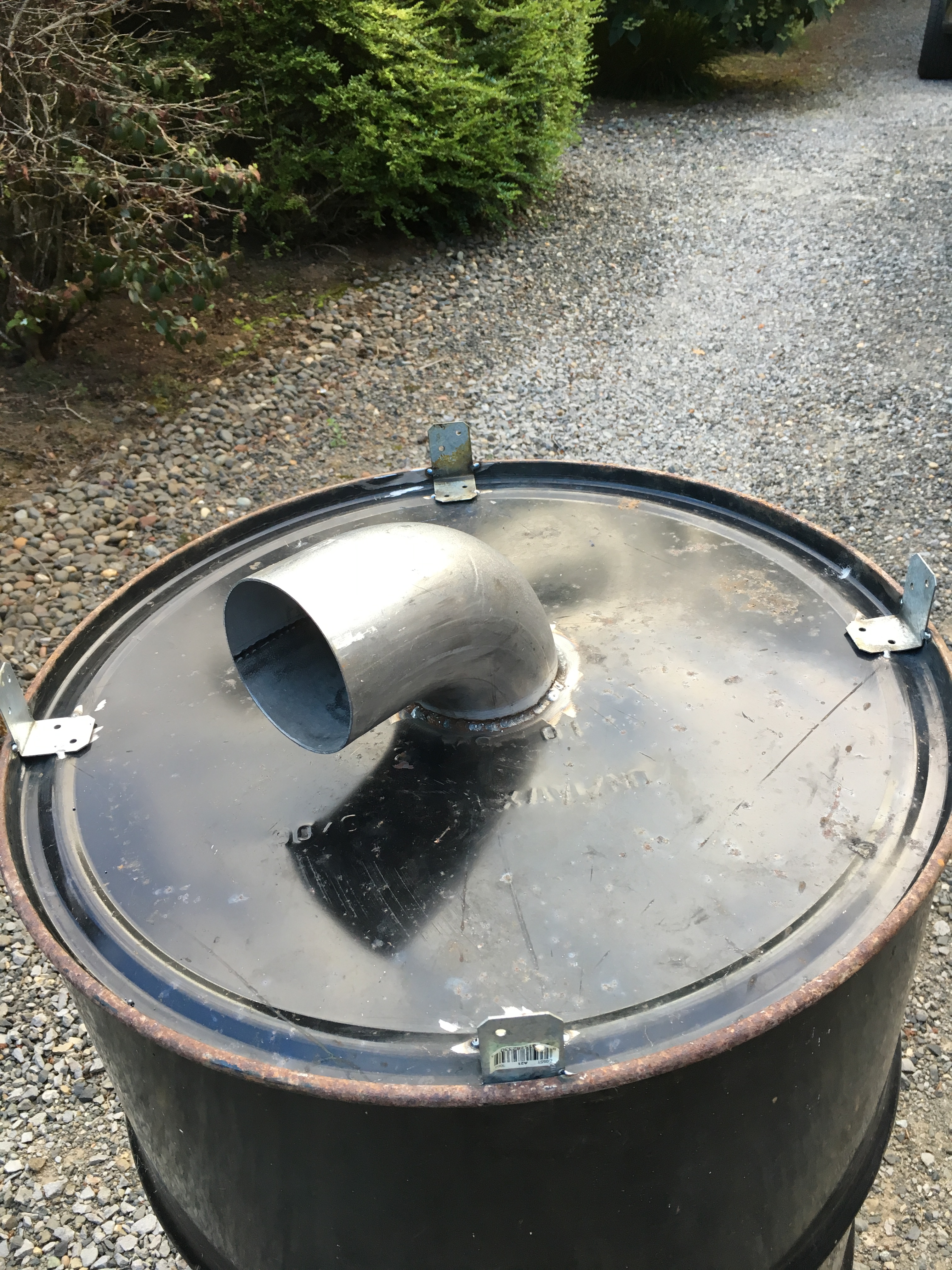The Polaris RZR UTV. The Yamaha Rhino can be credited with starting the side x side performance craze, but Polaris certainly brought it to a whole new level. The RZR really is an impressive machine in 2-seat or 4-seat, but like all stock machines, it can be made even better. The big question is, where do you start? There are many different things that you can do to your machine, but some will give you better performance gains over others. You no longer need a totally modified engine with a big bore kit and ported heads to give you more power, there are easier (and cheaper) ways to gain more performance out of your RZR. By upgrading your machine’s ECU tune, exhaust, fuel mixture and even tires, you can make dramatic changes. Plus, upgrades to each of those areas can be done fairly easily with minimal tools.

ECU tuning
Your stock machine comes with performance, safety, and the average driver in mind. Some of that “Safety” can get in the way of overall performance when you are talking about speed limiters and torque limiters. Also the average rider may not need extra power and a blistering top speed. Also todays fuel injected machines come tuned with fuel saving and emissions in mind which may not be utilizing all of the machine’s power when you put the pedal to the floor.
ECU tuning is a cost effective performance enhancement. When you get the right ECU tune it comes with many benefits. Like adjusting your cooling fan on and off temperature and removed speed limiters in all or most gear. But the biggest impact is performed. Generally setup to be used with premium fuel so that performance spark timing can be used and not trigger engine detonation.
The fuel mapping on your RZR is set to meet the average riding conditions of the average rider. More fuel does not always mean more power, but when speaking up, adjusting from a stock fuel map generally there are some easy horsepower gains to be had by adding fuel so that the air fuel ratio reaches performance and not fuel economy. When you add in other performance modifications like the following, more fuel is required to get the most out of those parts. And lastly, if you’ve got a turbo charged machine, adding some boost will crank up the power quickly and in most cases very safely when combined with the right fuel maps.
Aftermarket Exhaust
When people start thinking about making their RZR faster, performance exhaust is often the first thing that comes to mind. When you upgrade your exhaust, you are able to shed extra weight, gain more power and make it look and sound much better over stock. Either a full system or a slip on will you’re your desired results. Both are fairly easy to install and can add instant power and throttle response.
Aftermarket RZR exhausts like Trinity Racings Stage 5 allows more air to exit the engine, and of course, more air means more power. You do have to make sure that the new exhaust meets the decibel regulations of the area and has a spark arrestor if you ride in an area that requires one. You should also consider adding an air intake and re-mapping the air/fuel mixture.
Air Filter and Intake
Just like an aftermarket exhaust, an aftermarket air intake will help your RZR’s engine breathe easier to make more power. On their own, an exhaust and an air intake do a good job boosting performance, but they really shine when they are installed together. An aftermarket intake will not only allow more air to enter the engine, but they generally are better at keeping the debris out too, which is its main function anyways. Most performance air cleaners are fairly easy to install, depending on which one you choose and which RZR model that you have.
The stock airbox can unfortunately be a pathway for dirt into the engine. Care should be taken to ensure that your air filter is sealed well in the airbox and that all hose clamps are tight. When you are ready to step to the next level and replace the restrictive airbox and air cleaner system, a full replacement like the Velocity Intake System not only adds excellent performance over stock but seals tightly to keep out the dirt.
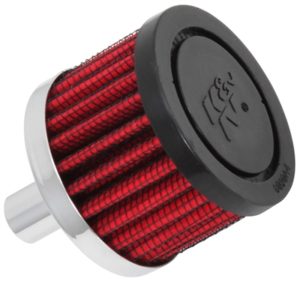
Fuel Controller
If the ECU tuning is not in your budget of if you do not want to make permanent modifications consider using a fuel controller. Controllers like the Dobeck EJK allow you to change the air/fuel mixture to what it should be for your unique riding conditions. Having the optimal amount of the fuel mixture will allow your engine to make the most power possible and to run smoothly.
And importantly, if you have made any other stage 1 upgrades, like an aftermarket exhaust or a performance intake kit, you absolutely should add a fuel controller to your machine Those additions will most certainly require a different fuel map than what comes stock on the machine. Most fuel controllers, like the EJK and or AFR plus, plug right into the stock wiring harness and sensors, which makes the physical installation fairly simple if you know what you are looking at. Complete with detailed tuning instructions these controllers are certainly geared toward the novice enthusiast.
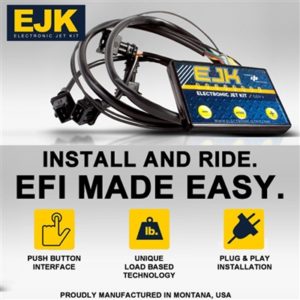
Tires
Many riders don’t readily consider upgrading the tires as a performance mod, but they certainly can be if you choose the right ones. Your tires are what puts it all together and if you are not getting the best traction possible, you are just wasting the power of your machine. The RZR is a very versatile UTV, but you can hone it in to be very good in certain terrains. When you match a specific style of tire to the type of terrain that you want to dominate, you can get the best hookup possible and put the power down.
To know more details visit us at http://www.powersportsefi.com/default.asp
